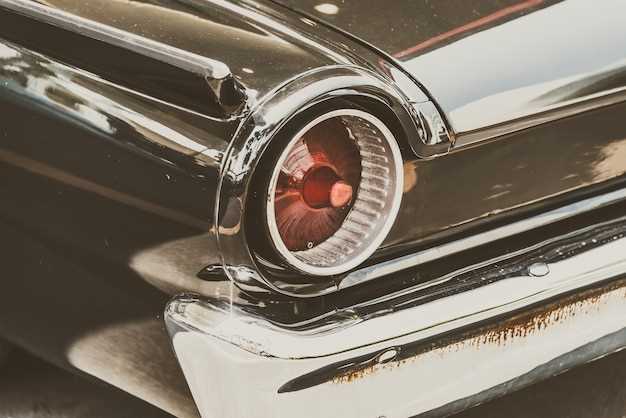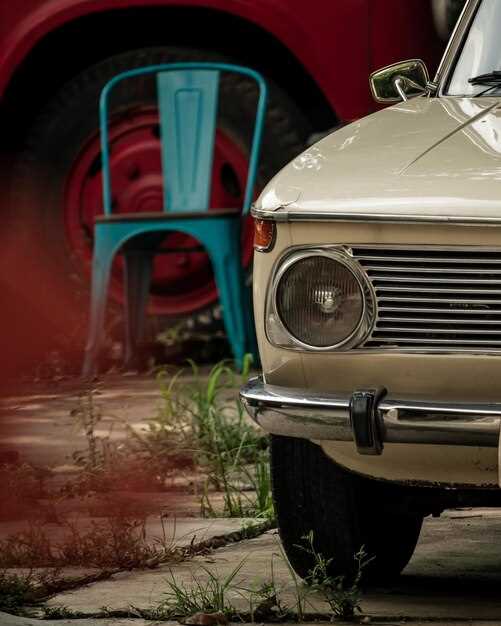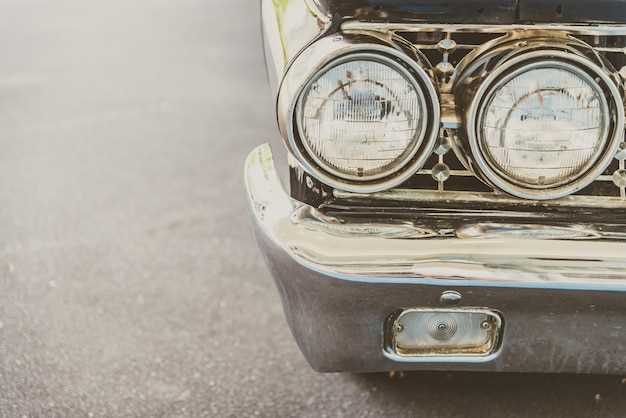Common problems with restored classic cars

The allure of vintage automobiles often draws enthusiasts into the world of car restoration. These classic vehicles, with their unique designs and rich histories, represent more than just modes of transportation; they embody a passion for craftsmanship and nostalgia. However, the journey of restoring a classic car is not as straightforward as it may seem. Many owners face significant challenges that can affect both the performance and enjoyment of their restored vehicles.
One of the primary issues encountered during the restoration process is associated with improper repair techniques. Owners may inadvertently overlook crucial components that require attention or fail to address underlying mechanical problems. This can lead to performance issues down the line, defeating the purpose of reviving a classic car. Understanding common pitfalls in restoration can help prospective owners make informed decisions and avoid costly mistakes.
Additionally, sourcing authentic parts for restoration can be problematic. Many vintage vehicles have parts that are difficult to find or may not be reproduced accurately. This can either inflate costs or compromise the vehicle’s authenticity if substitute parts are used. Being aware of these challenges is essential for anyone embarking on the journey of restoring a classic car, as it will help set realistic expectations and ultimately contribute to a more satisfying ownership experience.
Identifying Common Restoration Flaws in Classic Vehicles

Restoring classic cars is an art that requires skill, attention to detail, and an understanding of the original design. Unfortunately, many restored vehicles exhibit common flaws that can detract from their value and performance. Recognizing these issues early on can help collectors and enthusiasts make informed decisions.
One prevalent flaw in restoration is poor paint quality. Many restorers overlook the importance of proper surface preparation and application techniques. This can lead to uneven coatings, peeling paint, or premature fading, which not only affects the aesthetics but also the vehicle’s protection against corrosion.
Another issue is inadequate rust repair. Classic cars often have hidden rust that requires thorough treatment. Failures in this area may result in visible patches or, worse, structural weaknesses that compromise the vehicle’s integrity. Using subpar materials or shortcuts during this restoration phase can lead to recurring rust problems.
Electrical systems are frequently a source of frustration in restored classics. Many restorations involve outdated wiring or components that do not meet modern safety standards. These electrical flaws can create malfunctions and pose risks while driving, necessitating further repairs down the line.
Mechanical components are also not immune to restoration flaws. Some restorers might use incorrect parts or substandard components, which can affect the vehicle’s performance and reliability. Issues such as improper alignment of the drivetrain or mismatched engine components can lead to increased wear and tear.
Finally, interior restorations often suffer from flaws if original materials are not used or if the work is rushed. Inaccurate upholstery applications, improper fitment of trim pieces, and incorrect dashboard configurations can diminish the overall impression of the vehicle.
Recognizing these common restoration flaws not only helps in maintaining the classic car’s authenticity but also preserves its value for future generations. A keen eye and thorough inspection are essential for any buyer considering a restored vehicle.
Critical Vintage Repair Techniques for Longevity
Restoring classic cars involves addressing inherent flaws that can compromise longevity. Without proper attention to these issues, even a well-restored vehicle may fail to deliver the expected performance and durability.
One of the key repair techniques focuses on bodywork. Rust and corrosion are common enemies of vintage cars. It is crucial to remove any existing rust, treating the metal with anti-corrosive solutions before applying new paint or protective coatings. This not only enhances the aesthetic but also prolongs the life of the vehicle.
Another significant aspect of restoration is the electrical system. Vintage cars often have outdated wiring that can lead to short circuits and other issues. Investing in a modern wiring harness can significantly improve reliability and safety. Ensure that all connections are tight and corrosion-free to avoid future repair headaches.
Mechanical components should not be overlooked during the restoration process. Regular maintenance of the engine, transmission, and brakes helps prevent potential failures. Rebuilding or upgrading parts like carburetors or fuel systems can result in better performance and reduce wear over time.
Finally, paying attention to the interior is essential. Reupholstering seats and replacing weather stripping not only adds comfort but also protects the underlying structure from moisture and environmental damage. Using high-quality materials can mitigate future repairs and enhance the vehicle’s value.
In conclusion, employing these critical repair techniques during the restoration of vintage cars extends their lifespan while preserving their charm. A thoughtful approach to addressing flaws ensures that classic cars continue to be enjoyed for generations to come.
Maintaining Authenticity While Addressing Restoration Issues

Restoring vintage cars is a labor of love, but it often comes with a unique set of challenges. One of the primary concerns is maintaining the vehicle’s authenticity while simultaneously addressing any flaws that may have emerged over time. A well-executed restoration should enhance the classic car’s value, character, and historical significance without compromising its original integrity.
To maintain authenticity, it is crucial to source parts that are true to the vehicle’s original specifications. This often involves seeking out OEM (Original Equipment Manufacturer) components or quality reproductions that mimic the original parts as closely as possible. Using incorrect or modern materials can detract from the vintage appeal and authenticity of the car, potentially leading to issues that affect the overall value.
Addressing restoration issues requires a careful balance. Minor flaws such as surface rust, worn-out paint, or degraded interiors can often be fixed with techniques that preserve the original materials. For instance, rather than completely stripping a car of its original paint, techniques like paint correction can help maintain the character of the vehicle while resolving imperfections.
Documentation is another cornerstone of authenticity. Keeping thorough records of the restoration process, including receipts for parts and details of the work performed, helps affirm the car’s genuine status. This provenance is invaluable for future owners and collectors who value the car’s restored condition and historical narrative.
Ultimately, successful restoration hinges on respecting the vintage character of the car while making necessary improvements. By taking a thoughtful approach to both restoration and authenticity, car enthusiasts can ensure their classic vehicles are not only visually stunning but also true to their historical roots.




